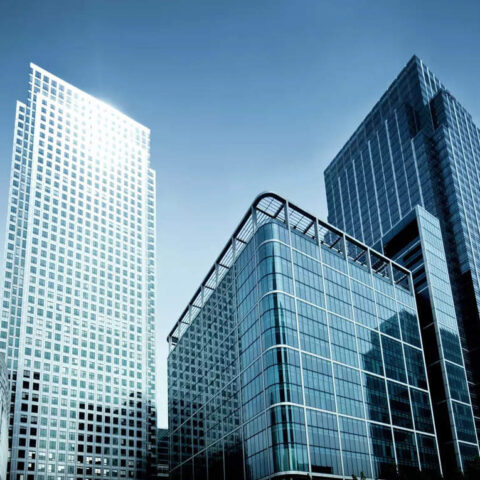Take a detail-driven approach to cover-ups
Electrical items that can’t—or don’t want to—be hidden away are an opportunity for bespoke camouflage. Both Scheck and Nozawa employ Samsung’s Frame TV, whose screen resembles an artwork when powered off, for projects where a cabinet to hide a television isn’t practical or desired. For lighting, take a page out of the book of AD100 studio Pierce & Ward: Coprincipal designers Louisa Pierce and Emily Ward created linen cord covers for actor Emma Roberts’s home in Los Angeles. The duo sells these chic veils in their online shop, as does design studio Iko Iko, whose semi-transparent versions are made of frilly Japanese poly organza. In clients’ home offices, where cables are plentiful, Nozawa sources desks with “thoughtfully designed channels and grommets,” she says. To ensure all is tucked away, she adds her own twist: “‘Executive’ desks with skirted fronts to hide your legs are my favorite.”
Experiment with invisible tech
Where tech-driven convenience is desired but its appearance is not, “invisible” solutions can step in, from hidden speakers to smart-home systems for lighting, climate control, shading, or security. App-controlled or installed with minimalist interfaces, these products “maintain the aesthetic integrity of the space,” explains Scheck, who has seen an increasing number of client requests for such automations. “There’s something nice about not being confronted visually with a lot of tech at home—even if it’s there,” says Nozawa, who notes that “services like Siri, Alexa, or other smart devices can be majorly helpful” to clients who require disability accommodations.
Or just embrace the look
Alternatively, if you’re purposeful about sourcing, devices left out in the open can be a great visual fit with a home’s interiors. After all, these products are designed objects. “We’ve found that clients sometimes prefer functionality over aesthetics,” Albir says. For example, “Lately, clients have been so fed up with [fixing] integrated sound systems that they are moving away from them. Instead, they appreciate the flexibility and clean lines of the Sonos speaker.” Like most things, he advises exposing technology—and all its clutter—in moderation. “Personally, we feel most tech design will clash with a project’s aesthetic,” he opines, “but in some instances, if a project has an industrial feel or a brutalist approach, it can be a design intention to expose the tech!”
Grow your business in 2024 with the AD PRO Directory








